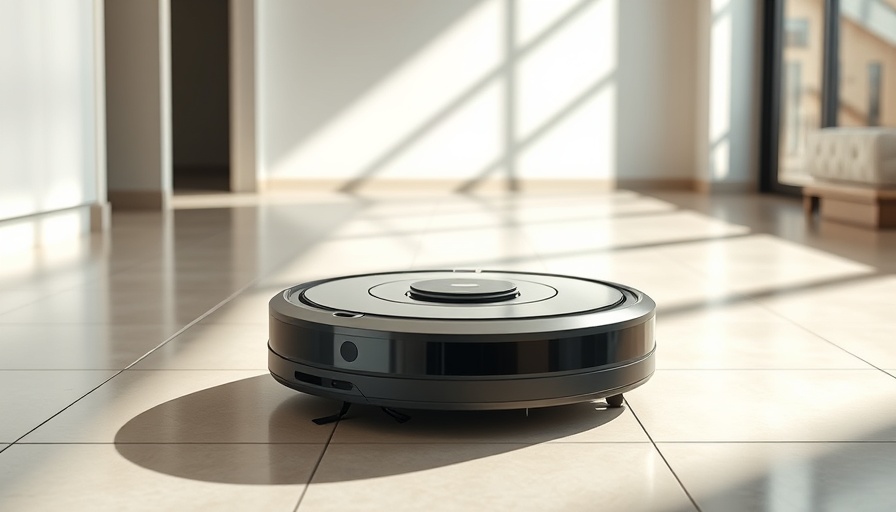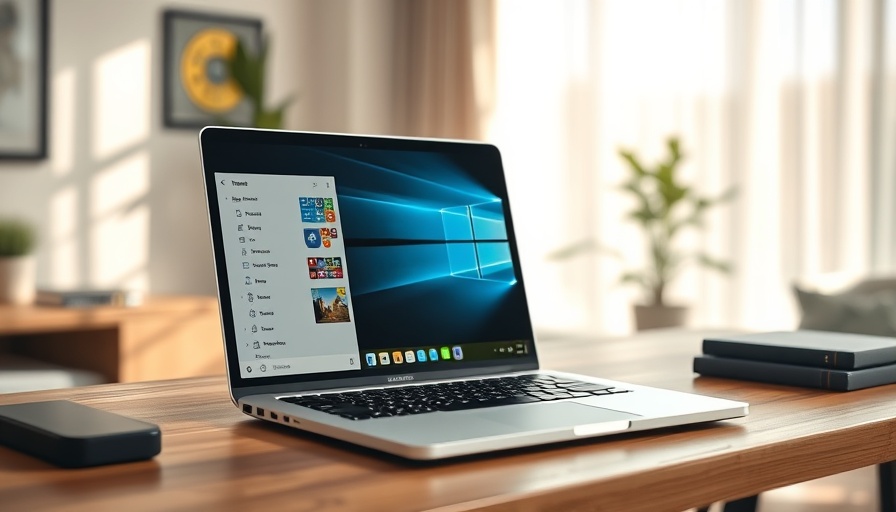
Are Robot Vacuums the Future of Cleaning?
Robot vacuums have become a staple in the modern home, especially for young homeowners looking to streamline their cleaning routine in bustling cities like London. In addition to vacuuming, many of these innovative devices now include mopping capabilities. Dubbed hybrid robot vacuums, they promise efficiency and effectiveness, but the big question remains: are they up to the task of keeping your floors spotless?
The Mechanics Behind Modern Mopping
Understanding how these robots tackle mopping is key. Most models are equipped with a mop pad that receives water from an onboard tank while the device glides over your floors. The cleaning process varies—some units boast advanced features like spinning or vibrating pads to tackle more stubborn dirt, while others allow for dual cleaning modes, performing vacuuming and mopping simultaneously.
Types of Mopping Systems: What’s Best?
Robot vacuums come with different mopping systems that impact their efficiency significantly. For instance, the D-shaped pad is common for its ability to cover larger surface areas. However, its lack of scrubbing means that larger spills might require manual intervention. On the flip side, the two spinning disc mop—a personal favorite—offers superior scrubbing power, making it more effective against tough stains.
The Hands-On Experience: Real-Life Testing
As an expert who has tested numerous models from budget picks to top-tier options, my experience has taught me that not all mopping systems are created equal. While some hybrid models work seamlessly, others fall short, particularly regarding the time and effort needed for maintenance. For example, models that refill their water tanks automatically reduce the hassle significantly, but they often come with a higher price tag.
Real Benefits of Integrating Technology
For young homeowners in London, the upgrade to a smart home with connected devices like a robot vacuum can be transformative. Not only do these machines save time, but they can also reduce the physical effort involved in maintaining cleanliness. In addition, environmentally conscious users can select energy-efficient models that contribute to a more sustainable lifestyle, aligning with their eco-friendly practices.
Challenges and Considerations
Despite their advantages, hybrid robot vacuums do present challenges. Users must be prepared for the potential of spreading dirt rather than fully cleaning it, particularly with larger messes or spills. Some customers find that relying too heavily on this technology can lead to a neglect of general tidiness, creating a reliance on these devices instead of maintaining proactive cleaning habits.
Future Innovations in Cleaning Technology
Looking ahead, it’s clear that the technology behind these devices will continue to evolve. This may include advancements like improved sensor technology for better navigation and cleaning efficacy. Expect to see even more sophisticated integrations into smart home ecosystems, creating a synergy between various connected devices that optimizes home maintenance.
Concluding Thoughts
In summary, while hybrid robot vacuums offer an impressive range of features for cleaning your home, their effectiveness can vary significantly between models. Young homeowners considering the switch should weigh the pros and cons, taking into account their specific cleaning needs and habits. The incorporation of these devices into smart, eco-friendly homes aligns perfectly with modern living aspirations, allowing for both convenience and sustainability.
As you explore the world of smart, connected homes, consider how a robot vacuum can fit into your home improvement journey. The future of cleaning is here, and it might just start with one of these innovative solutions.
 Add Row
Add Row  Add
Add 




Write A Comment